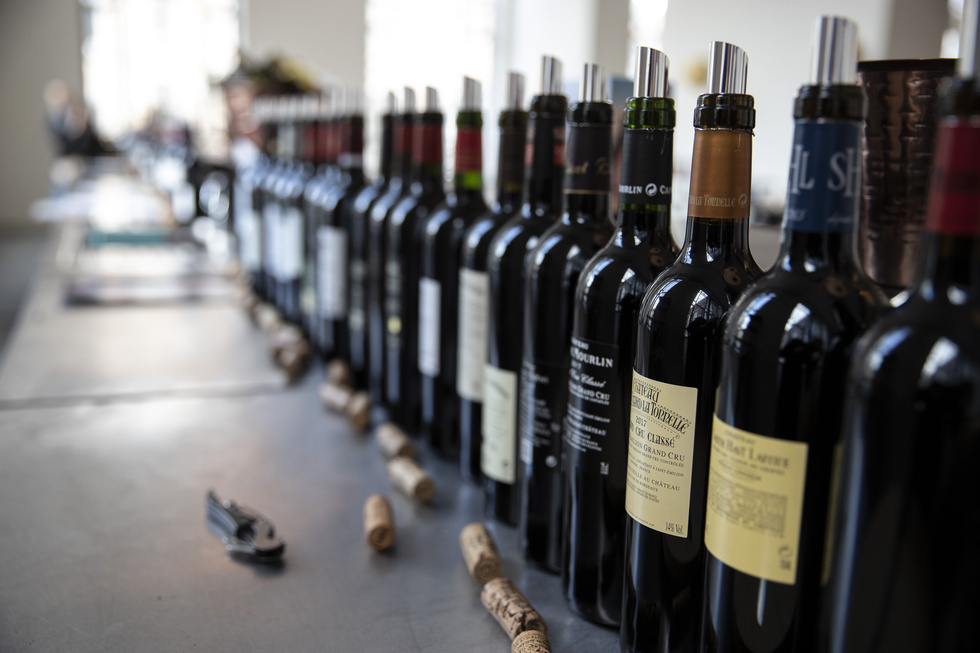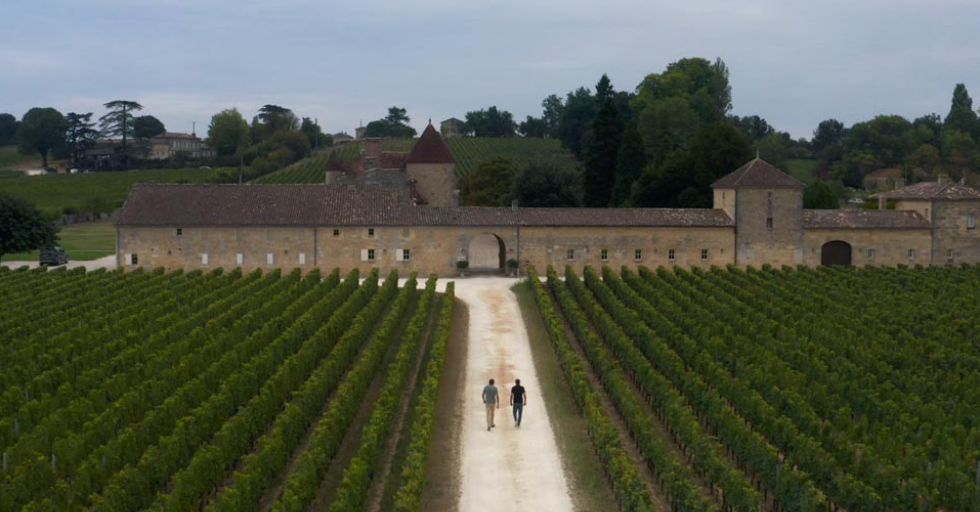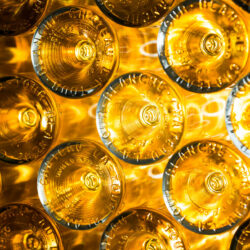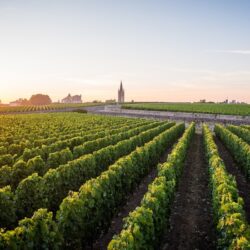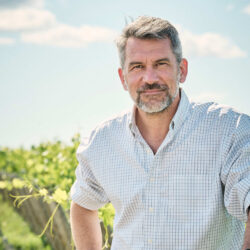The Sommelier Edit talks and tastes with top châteaux owners about four of the most iconic neighbouring red wine producing appellations in Bordeaux.
First up Saint-Emilion, one of the biggest fine wine appellations in France, covering 5,400has of vineyard, and Pomerol, which is tiny in comparison with 815has.
Right Bank
Saint-Emilion
Jean-Antoine Nony of Château Grand Mayne in Saint-Emilion describes the appellation as “complex”.
“Saint-Emilion is made up of lots of small estates, averaging 5has each, and the region has about 1,000 châteaux,” he explains. “Most of the classified growths are between 10-40has in size. It is a wide appellation, and this is the reason why you cannot say that there is a defined typicity in the region.”
The soils here are dominated by a limestone plateau surrounded by clay slopes, which develop into fine clay. Towards the River Dordogne the vineyards are on more sandy areas. Interestingly, the top wines that are members of the Union de Grands Crus in Saint-Emilion come mainly from around this plateau and vineyards close to Bordeaux.
Looking at two iconic estates, like Château Ausone and Château Cheval Blanc, for example you can see that they are on completely different terroirs. Ausone is situated at top of the Saint-Emilion appellation, on a limestone plateau: pure limestone with a little bit of clay. Whereas Cheval Blanc is located further north-west, towards Pomerol, less than 10 kms away, where the terroir has more clay and a bit of gravel. They are both located in the same appellation, but they are on very different terroir.
Royal Pomerol Approval
Nony has a unique vision of Pomerol. He started with an anecdote about the region’s most famous wine, Château Petrus.
He suggested that the wines of Petrus are famous in England because they were served at Queen Elizabeth II’s wedding. “The owner of Petrus at the time, Madame Labat, who was a big fan of the young princess and decided to send her a case,” Nony explains, “The Queen decided to serve it at her wedding.”
“Before this, Pomerol was a very little-known appellation. With the help and persistence of the owners, past and present (the Moueix family), the rise of Petrus has contributed to the development of this fantastic terroir.”
Terroir
The terroir around Petrus is clay and blue clay on the plateau, made up of many small plots – like a tiny village. Pomerol has many points in common with Saint Emilion: it is on the right bank, where Merlot is king.
Nony explains that “In Pomerol around 80-90% of plantings are Merlot, in Saint-Emilion there is more Cabernet Franc – a grape which is helping to address the challenges of climate change today.”
He adds, “A good example of this, as the owner of Château Grand Mayne, we used to have 90% Merlot planted, up until 20 years ago. Today, we have 30% Cabernet Franc, which is the proportion the estate was planted during my grandfather’s time, during the 1950s. Then Merlot was easier to work, it was more popular and fashionable.” Nony points out that, “However, the Cabernet Franc clones were not so good then. Now, we have come back to Cabernet Franc because it is good and gives a lot of finesse and elegance to the wines.”
Bordeaux’s proximity to the Atlantic Ocean provides the growers with a climate that is typified by a lot of rainfall, about 800mm per year. Nony says that “The problem comes when you have a lot of rain and the temperatures rise – this creates a perfect climate for fungus, the famous being mildew, which we don’t like because Merlot is more susceptible to it than Cabernet Franc, for example. As a result, we are increasing the percentage of this variety in the right bank.”
2016
CHÂTEAU GRAND MAYNE
SAINT-ÉMILION
85% Merlot, 15% Cabernet Franc
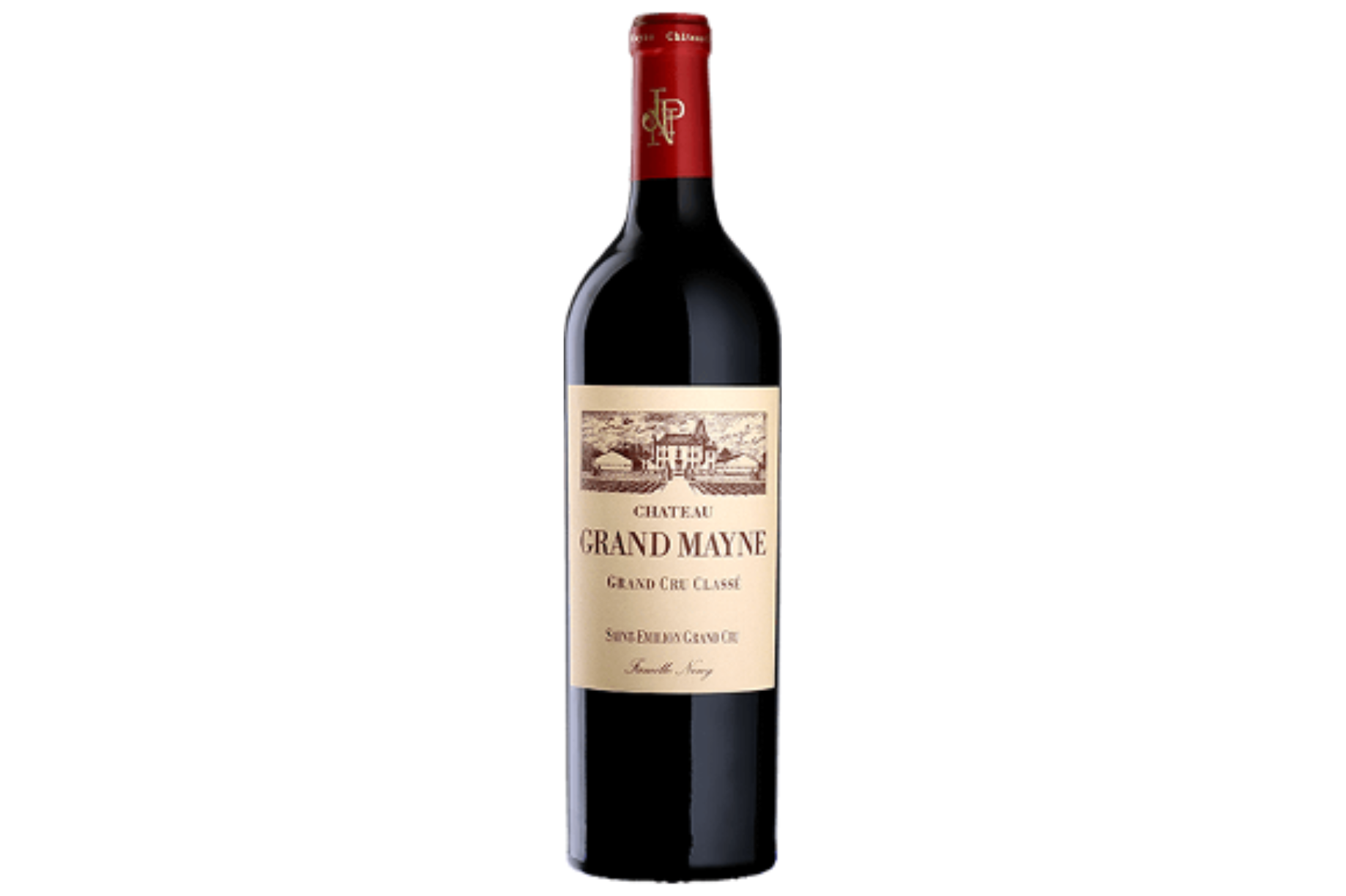
2016
CHÂTEAU GAZIN
POMEROL
87% Merlot, 5% Cabernet France, 8% Cabernet Sauvignon
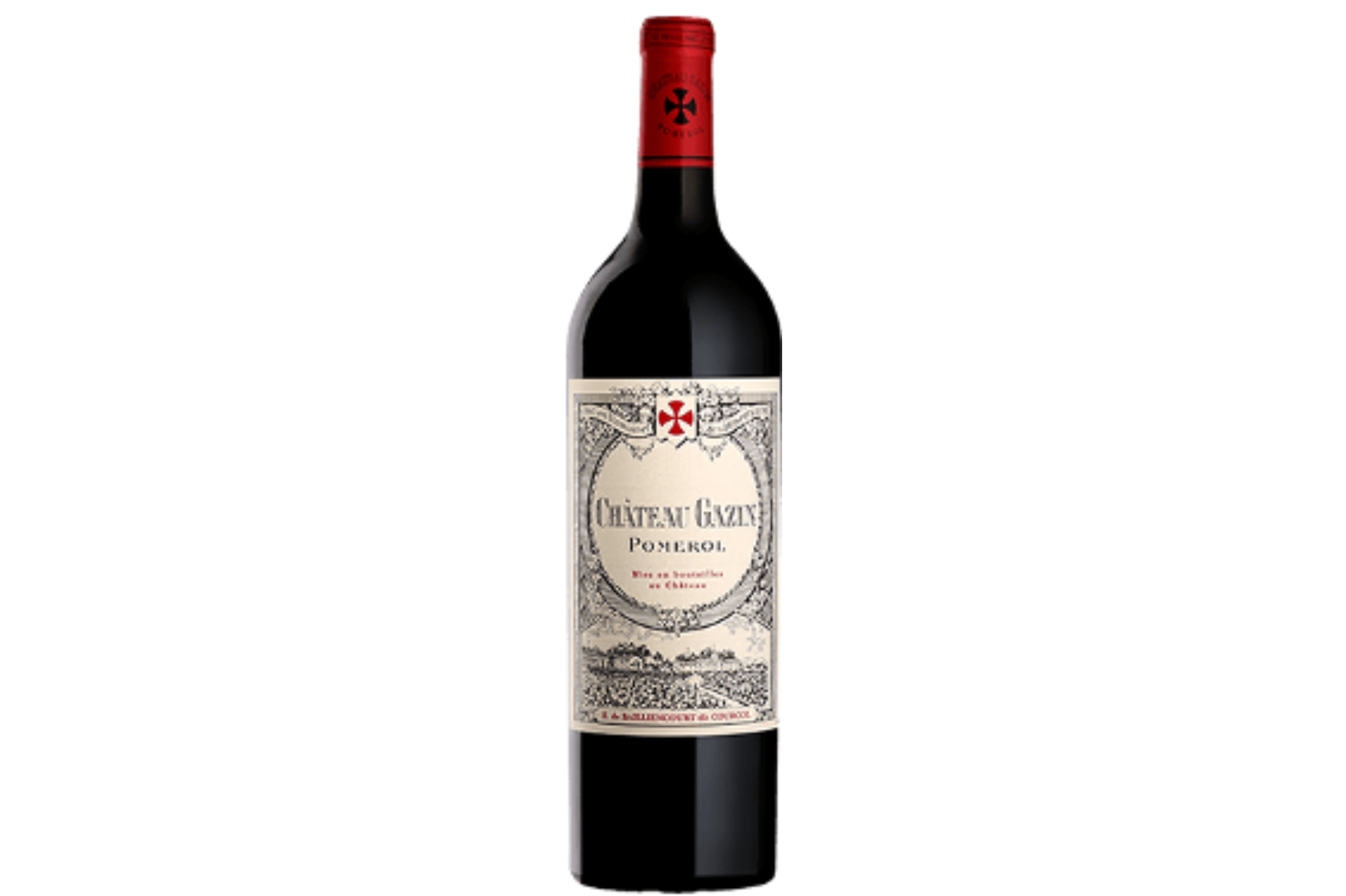
2016 in Bordeaux
According to these esteemed producers, 2016 was a top vintage in Bordeaux. Everywhere, not just left bank or right bank or Sauternes, but everywhere. It was great in quality and quantity.
Jean-Antoine Nony says, “My family’s estate is situated on a slope of limestone and clay; 85% Merlot and 15% Cabernet Franc. Grand Mayne is the Château next door to Petrus. Between the two wines we tasted today, perhaps there is more porous structure in the Grand Mayne, more tannin, more structure than in the Gazin. But, after ageing it develops more roundness and becomes more supple. Pomerol is a fantastic appellation, it’s the appellation that made me fall in love with wine.”
Carolina Seibel, assistant head sommelier at Petrus restaurant in London comments, “I prefer it when a wine has more Cabernet Franc, for me it has more spice. Yes, Pomerol is Merlot, it’s elegant, it’s silky, it’s perfect but there’s something more interesting when you add Cabernet Franc.”
Jean-Antoine Nony agrees explaining about a program he has established since taking over the estate in 2012 to restore the vineyards until 2035. He explains that he is working to attain 40% Cabernet Franc in the blend, “like my grandfather in the 40s. Massal selection is a long journey that takes years, but the work is underway.”
Climate is top priority for Bordeaux
According to Nony, who says: ”To be honest, we are all focused on one thing, global warming. It is having a massive impact. My parents took care of the Château from 1977 to 2011 and they had one frost, one hailstorm, that was it.”
He elaborates, “Since I took over in 2012, I already have had to deal with five frosts, no hail, but every year seems to be terrible. In 2018, we lost 60% of our production due to mildew. Being organic is something we are working towards, and we are partly organic, but we don’t put this on the label.” He concludes, “As a family estate we don’t have the power of big business to protect us. So, to keep it in the family we have to be able to make some wine.”
Left Bank
According to the Bordeaux experts, the main distinction between Left and Right bank is the gravel and the stones in the soil. This is very important on the left bank, the stones come from the riverbed with the movement of the water millennia ago.
“These gravel soils in Médoc are very important where Cabernet Sauvignon is King,” explains Nony. “Médoc is essentially grown in a swamp. There is water all around. The maximum altitude is 23 meters above sea level with gentle slopes made up of gravelly stones. This low altitude means water is available in spring when it is needed and not retained in the soils during the summer. This is essential for ripening of Cabernet Sauvignon to achieve those aromas of black fruits, cassis, blackberries – these characteristics would not be possible if the soils are waterlogged.” He adds, “To ensure grapes have good concentration winemakers need dry conditions. For the variety to ripen adequately and give the right levels of tannin you need dry conditions. Gravel soils make this possible.”
2010
CHÂTEAU LASCOMBES
MARGAUX
55% Merlot, 40% Cabernet Sauvignon, 5% Petit Verdot
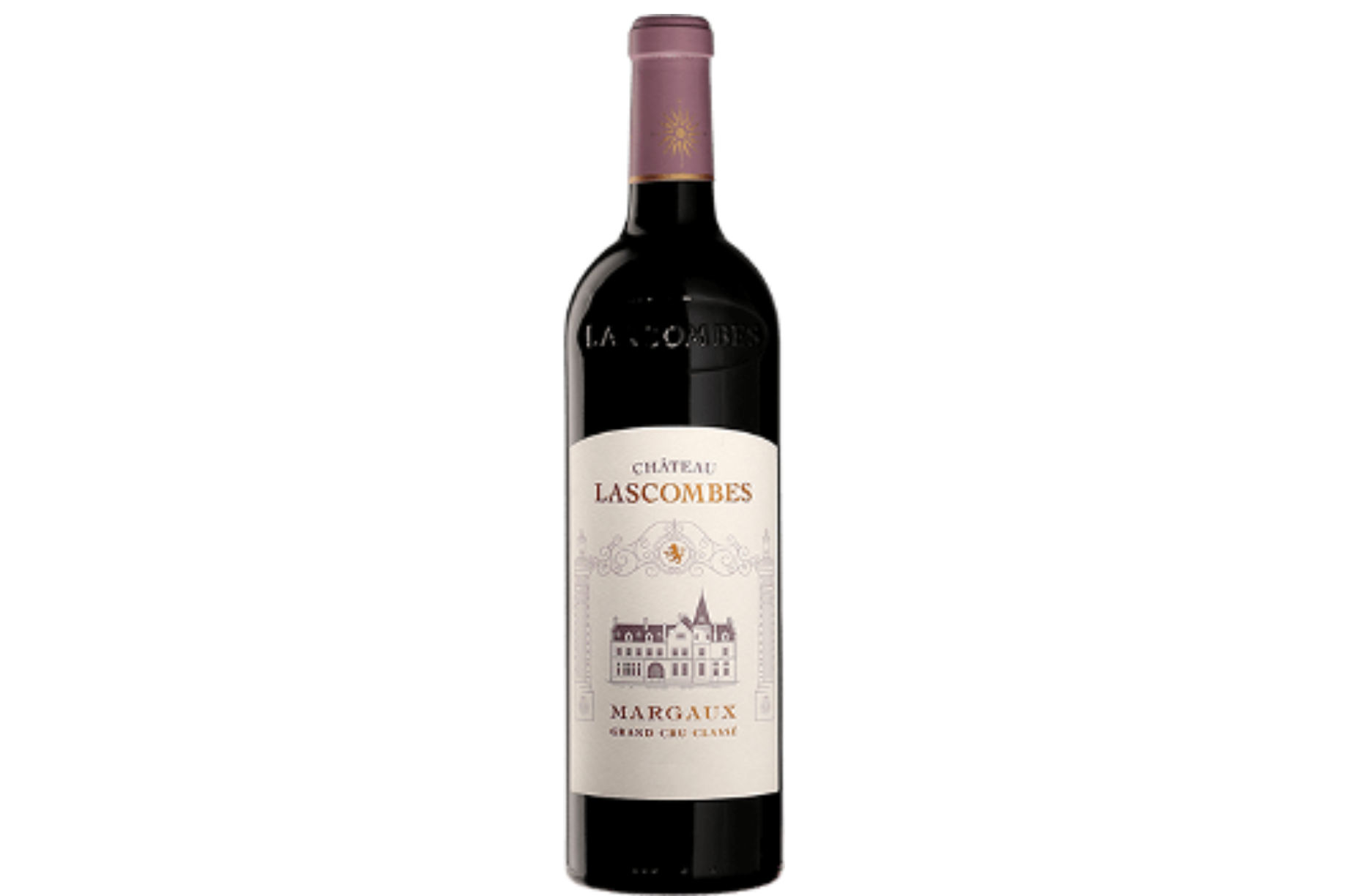
2010
CHÂTEAU CROIZET-BAGES
PAUILLAC
80% Cabernet Sauvignon, 17% Merlot, 3% Cabernet Franc
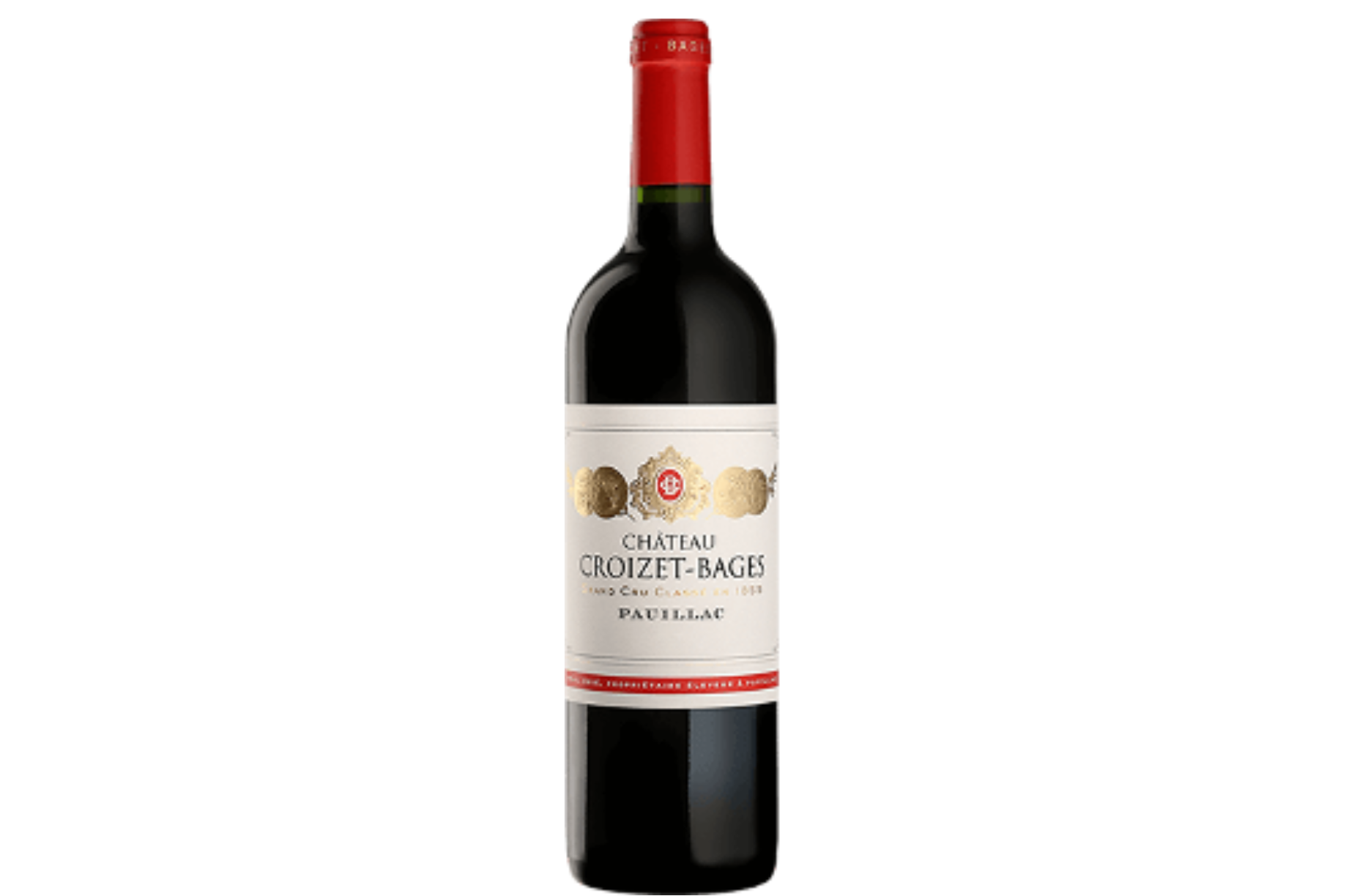
Margaux
Margaux has 21 classified growths and is the closest appellation to the city of Bordeaux. “It has a variety of soils, some we call “hot”, others are cooler,” says Anne-Françoise Quié of Château Rauzan-Gassies & Croizet-Bages. “These tend to be those areas further from the river because of the cooling effect of the water underneath which is good for Petit Verdot and Merlot. Whereas Cabernet Sauvignon tends to be planted at the top of the hills.” She says that “the older growths have vineyards that spread out across the appellation and the different châteaux must work together to work the land for everyone’s benefit. This makes the producers the best of neighbours. In Margaux the winemakers are making wines across these different vineyard plots, and this characterises the appellation when it comes to blending and creating complexity in the wines.”
Pauillac
“Whereas in Pauillac the vineyards tend to be in one place” continues Quié. “More or less situated around the individual château. They are discreet in Margaux, the big personalities in Pauillac! In Pauillac most of the time the wine is one strong expression ; a direct, powerful wine. A different style of blending the final wine, made from the different grape musts of just one location.”
Nony adds, “It is often said that Margaux wines are more feminine. In Pauillac, the wines are more masculine, a direct expression, but perhaps for me it based on your mood that day. So, what do you want today?”
Kateryna Polianska, sommelier at Cory by Clare Smyth, adds that, for her: “It’s difficult to consider these regions are genders. Margaux is always melt in the mouth, it is smooth and elegant; whereas in Pauillac, you feel the strength. I personally like to think of the Left bank as a family. Margaux is the Queen, Saint-Julien is the King and Pauillac is the young prince.”
